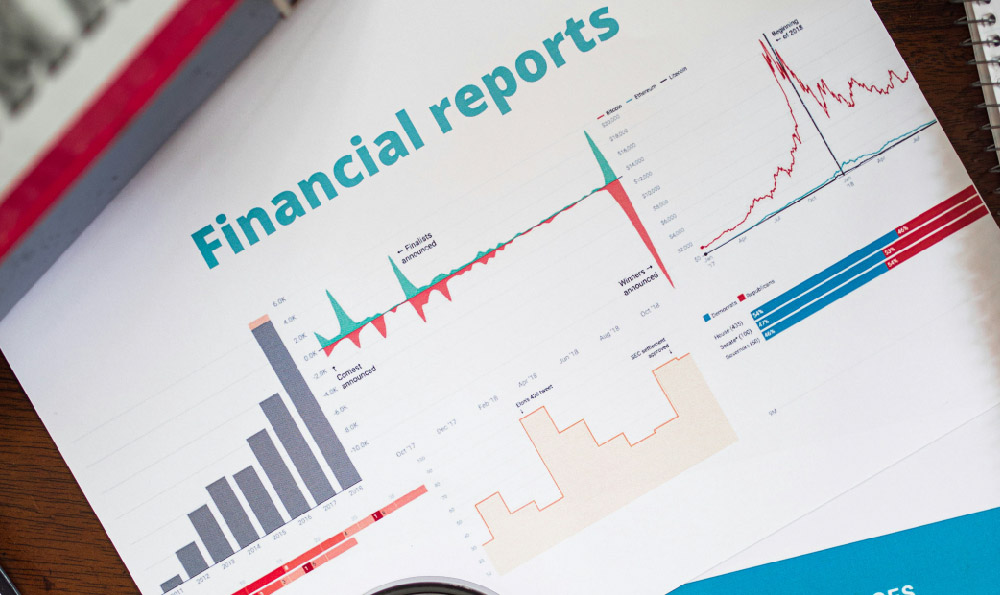Crafting content that resonates, building a loyal audience, and generating revenue – the journey of monetizing a blog is a multi-faceted endeavor. While the dream of “blogging for dollars” is alluring, turning that dream into reality requires strategic planning, consistent effort, and a deep understanding of your target audience. The following explores several proven methods for monetizing your blog, offering practical guidance on how to optimize your approach for maximum financial return.
Understanding Your Audience: The Foundation of Monetization
Before diving into monetization strategies, it’s crucial to have a clear picture of your audience. Who are they? What are their interests, needs, and pain points? What problems are they trying to solve? The more intimately you understand your audience, the better equipped you’ll be to create content and offer products or services that they are willing to pay for.

Conduct thorough audience research through surveys, polls, social media analytics, and website traffic analysis. Pay close attention to the comments and feedback you receive on your blog posts and social media channels. This feedback provides invaluable insights into what your audience values and what they’re looking for. Knowing your audience will inform every aspect of your monetization strategy, from the types of content you create to the products and services you promote.
Strategic Content Creation: Attracting and Engaging Your Audience
Content is king, and in the realm of blogging, it’s also the currency. High-quality, engaging, and valuable content is the lifeblood of a successful blog. It attracts readers, keeps them coming back for more, and establishes you as an authority in your niche.
Focus on creating content that is both informative and entertaining. Use a variety of formats, including blog posts, articles, infographics, videos, and podcasts, to cater to different learning styles and preferences. Optimize your content for search engines (SEO) by using relevant keywords, crafting compelling headlines, and building backlinks from other reputable websites.
Remember that consistency is key. Regularly publishing fresh, high-quality content will keep your audience engaged and attract new readers to your blog.
Monetization Methods: A Comprehensive Overview
Now, let's delve into some of the most effective methods for monetizing your blog:
-
Advertising: One of the simplest and most common ways to monetize a blog is through advertising. Platforms like Google AdSense allow you to display ads on your blog and earn money based on the number of clicks or impressions your ads receive. While advertising can be a relatively passive income stream, it's important to strike a balance between generating revenue and providing a positive user experience. Overly intrusive or poorly placed ads can detract from your content and drive readers away.
-
Affiliate Marketing: Affiliate marketing involves promoting other companies' products or services on your blog and earning a commission for every sale or lead generated through your unique affiliate link. To succeed with affiliate marketing, choose products or services that are relevant to your niche and that you genuinely believe will be valuable to your audience. Be transparent about your affiliate relationships and always provide honest and unbiased reviews.
-
Selling Digital Products: Creating and selling your own digital products, such as ebooks, online courses, templates, and software, can be a highly lucrative way to monetize your blog. Digital products offer several advantages, including high profit margins, low overhead costs, and the ability to reach a global audience. To create successful digital products, identify a need in your market and develop a product that provides a valuable solution.
-
Offering Services: If you have expertise in a particular area, you can offer your services to your blog readers. This could include consulting, coaching, writing, design, or any other service that aligns with your niche. Offering services can be a great way to generate revenue, build relationships with your audience, and establish yourself as an expert in your field.
-
Sponsored Content: Sponsored content involves partnering with brands to create content that promotes their products or services. This could include writing blog posts, creating videos, or hosting social media campaigns. To succeed with sponsored content, choose brands that are relevant to your niche and that align with your values. Be transparent about your sponsored relationships and always prioritize the interests of your audience.
-
Membership Programs: Building a membership program can be a powerful way to generate recurring revenue and foster a loyal community around your blog. Membership programs typically offer exclusive content, resources, and community access to paying members. To create a successful membership program, provide valuable and unique benefits that your members cannot find elsewhere.
-
Donations: If you provide valuable content for free, you can ask your readers to support your work through donations. Platforms like Patreon and PayPal make it easy to accept donations from your audience. While donations may not be a reliable source of income for all blogs, they can be a valuable way to supplement your other monetization efforts.
SEO Optimization: Driving Organic Traffic to Your Blog
Search engine optimization (SEO) is the process of optimizing your blog and content to rank higher in search engine results pages (SERPs). A higher ranking in search results means more organic traffic to your blog, which can lead to increased revenue.
To optimize your blog for SEO, focus on the following:
-
Keyword Research: Identify the keywords that your target audience is searching for and incorporate them into your content.
-
On-Page Optimization: Optimize your blog posts and pages with relevant keywords, compelling titles, and informative meta descriptions.
-
Off-Page Optimization: Build backlinks from other reputable websites to increase your blog's authority and credibility.
-
Technical SEO: Ensure that your blog is technically sound and easy for search engines to crawl and index.
Building an Email List: Nurturing Your Audience and Driving Sales
Building an email list is one of the most effective ways to nurture your audience and drive sales. Email marketing allows you to communicate directly with your subscribers, build relationships, and promote your products or services.
To build an email list, offer a valuable freebie, such as an ebook, checklist, or template, in exchange for subscribers' email addresses. Segment your email list based on subscribers' interests and behaviors to send targeted and relevant messages. Use email marketing automation to nurture your subscribers and guide them through the sales funnel.
Analyzing and Adapting: Continuous Improvement for Maximum Revenue
Monetizing a blog is an ongoing process that requires continuous analysis and adaptation. Track your website traffic, engagement metrics, and revenue streams to identify what's working and what's not. Use this data to refine your content strategy, optimize your monetization methods, and improve your overall blog performance.
Experiment with different monetization strategies and track your results to see what works best for your blog and audience. Stay up-to-date on the latest trends in blogging and online marketing to stay ahead of the competition.
In conclusion, “blogging for dollars” is achievable with a strategic approach. By understanding your audience, creating high-quality content, implementing effective monetization methods, optimizing for SEO, building an email list, and continuously analyzing and adapting your strategies, you can turn your blog into a thriving and profitable business. Remember, patience and persistence are key. Building a successful blog takes time and effort, but the rewards can be well worth the investment.












